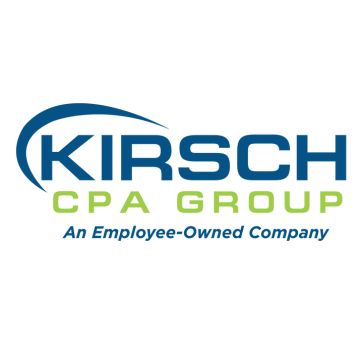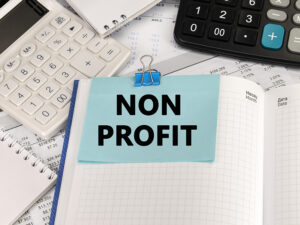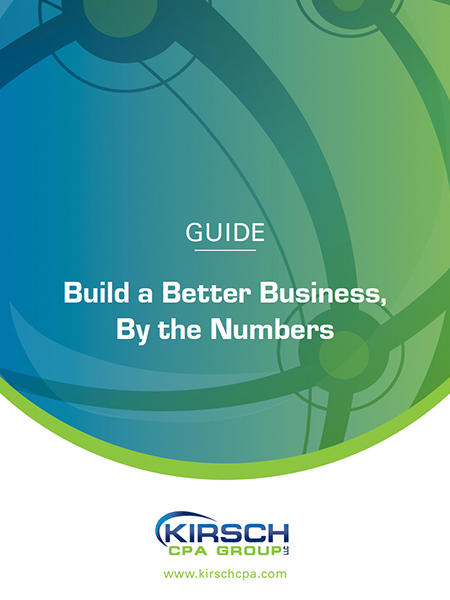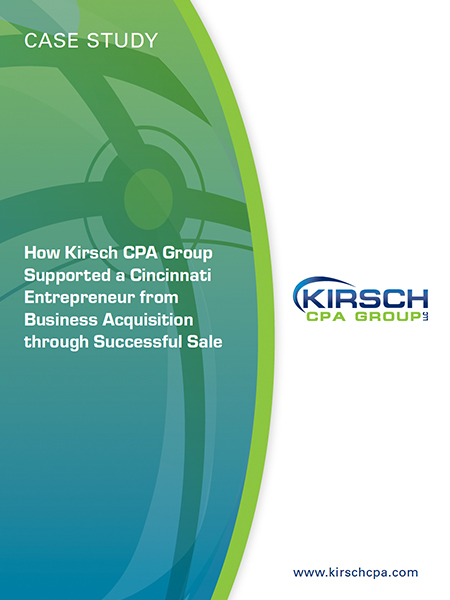Insight Into Proposed Donor-Advised Fund Regulations
Kirsch CPA Group
Jun 10, 2024

The popularity of donor-advised funds (DAFs) is surging. According to the 2023 DAF Report issued by the National Philanthropic Trust (NPT), donors poured over $52.16 billion into DAFs in 2023, a 9% increase over 2022.
For years, the IRS didn’t provide much guidance on DAFs. But late last year, it finally proposed regulations to help guide donors, sponsors, advisors and charitable organizations. Unfortunately, the IRS has proposed some provisions that have drawn criticism from the DAF industry. At the same time, it has remained silent on other issues stakeholders consider critical. Let’s take a look.
DAF Basics
DAF donors contribute to funds managed by financial institutions, such as Fidelity, Vanguard and Charles Schwab, or independent sponsoring organizations such as NPT. Normally, DAF contributions are made in cash or cash equivalents. But depending on the fund, a donor might be able to contribute securities, real estate and even cryptocurrency. In general, sponsoring organizations require minimum contributions ($5,000 is common) and charge administrative fees based on a percentage of the amount (for example, 0.5% or 1%).
Donors instruct sponsoring organizations about how they want to distribute funds to their favorite charities. Although these sponsors aren’t legally required to follow donors’ distribution instructions, they almost always do, so long as the organizations are considered qualified. Until funds are distributed, DAF balances are invested and can grow on a tax-free basis. If they itemize, DAF donors can claim deductions on their personal tax returns for the year of their contributions.
IRS Definitions
Not only do the tax advantages of DAFs appeal to philanthropically inclined individuals, but their distributions typically are welcomed by nonprofits. However, some stakeholders are concerned about the IRS’s recently proposed guidance. Rather than addressing policy concerns, the proposed regulations focus mainly on definitions of key terms, such as:
Donors. This group includes individuals who contribute to DAFs unless contributions are made to only public charities or government units. Given this definition, sponsoring organizations should review their donor lists to see if this might affect their policies.
Donor-advised funds. The proposed regulations clarify that a sponsoring organization qualifies as a DAF if it maintains a formal record of contributions. Otherwise, its status depends on the facts and circumstances, including whether the fund is named after the donor and if donors or donor-advisors regularly receive fund statements.
Donor-advisors. A donor-advisor is defined as one or more of the following: 1) someone appointed or designated by a DAF donor to have advisory privileges, 2) an individual who establishes a DAF, or 3) a personal investment advisor managing a DAF or providing investment advice to it or its donor.
Advisory privileges. This definition is more expansive than what the DAF community previously believed. The proposed regulations essentially say that advisory privileges may exist even if no actual advice is provided.
Distributions. This definition is broadened to include disbursements or payments (in addition to charitable transfers). Distributions encompasses payments for services used in fulfilling charitable obligations. However, investment and reasonable grant-related fees and investment fees paid by a DAF can’t be treated as taxable distributions unless they’re deemed to provide more than incidental benefits.
Community Concerns
The proposed regulations make some controversial changes. For instance, a sponsoring organization previously didn’t count as a DAF if it distributed all its grants to a single organization. But the proposed regulations treat such single-entity funds as DAFs. Also, donors can’t contribute to single-entity funds if they have an advisory role in the distribution decision to a single charity. Critics of this provision complain that it will discourage gifts to nonprofits by their board members.
Another contested provision relates to “daisy chain” distributions. This is where donors recommend that DAF grants are made to a charity where they themselves have influence to direct the funds to benefit a specific individual. The regulations stress that DAFs shouldn’t benefit just one person. Therefore, any daisy chain distribution would result in excise taxes imposed on sponsors and fund managers.
Notably, under the proposed regulations, investment advisors treated as donor-advisors would be liable for a significant tax penalty on fees paid to them by a DAF because such payments would be considered excess benefit transactions. The penalty would be equal to 20% of any payment. In addition, any fund manager who knowingly agrees to the payment would be assessed an extra 5% penalty. Finally, fund managers would have to refund the fees. If they didn’t, they’d be hit with an additional 200% penalty.
DAF industry members have also complained that the new regulations don’t provide much-needed guidance in other areas. For example, there are no current restrictions on the length of time that money can remain in a DAF without any distribution. This issue frequently is raised by donors, advisors and nonprofits alike.
What Happens Next?
The period for comments on the proposed DAF regulations has expired, so the next move is up to the IRS. It can incorporate modifications into new final regulations, maintain the rules it already has proposed or go back to the drawing board. Contact Kirsch CPA Group to learn the latest developments.
Schedule an appointment to learn how we can support you
© Copyright 2024. All rights reserved.
More Resources

About The Author
Kirsch CPA Group is a full service CPA and business advisory firm helping businesses and organizations with accounting,…
Sign Up for Email Updates
Tags
Accounting & Financial News

Favorable Business Depreciation Tax Changes Under New Law
There's good news for businesses considering buying equipment and other capital assets: The One Big Beautiful Bill…

The OBBBA: What It Means For Nonprofits
On July 4, 2025, President Trump signed the One, Big, Beautiful Bill Act (OBBBA), which contains several…



